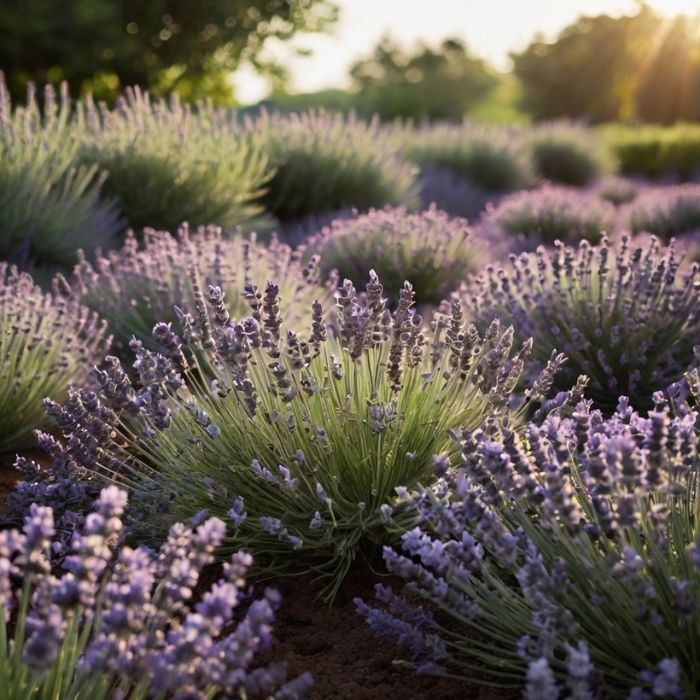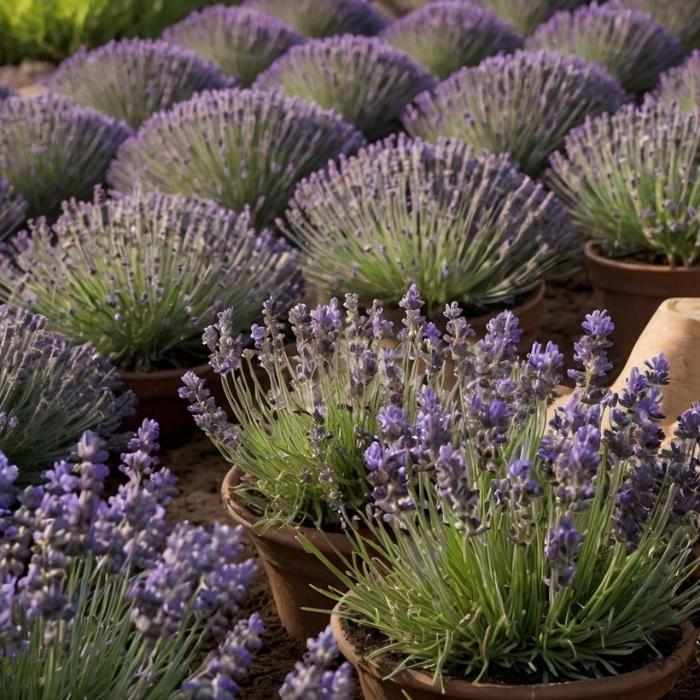How to Grow Lavender: The Complete Guide
Lavender, renowned for its fragrant aroma, vibrant purple blooms, and therapeutic properties, is a versatile plant that adds beauty and functionality to any garden. How to grow lavender requires careful planning, proper care, and understanding of its needs to thrive. This comprehensive guide will walk you through every detail of cultivating lavender successfully.
Understanding Lavender: Types and Varieties
Lavender (genus Lavandula) includes several species and cultivars, each suited for different climates and purposes. Among the most popular are:
- English Lavender (Lavandula angustifolia): Known for its strong scent and resilience, it thrives in cooler climates.
- French Lavender (Lavandula dentata): Distinct for its fringed petals and mild fragrance, this variety suits warmer regions.
- Spanish Lavender (Lavandula stoechas): Recognizable by its butterfly-like flower bracts, ideal for decorative purposes.
- Lavandin (Lavandula x intermedia): A hybrid with large flowers and robust growth, great for essential oil production.
Choose a variety based on your climate, soil conditions, and intended use.
Selecting the Ideal Location for Lavender
Lavender is a sun-loving plant that thrives in well-drained soils. For optimal growth:
- Sunlight: Lavender requires at least 6-8 hours of direct sunlight daily. Choose a south-facing location if possible.
- Soil: Ensure the soil is sandy or gravelly with excellent drainage. Lavender prefers a pH between 6.5 and 8.0.
- Spacing: Allow adequate airflow by spacing plants 12-36 inches apart, depending on the variety.
Preparing the Soil for Lavender
Proper soil preparation is critical for lavender’s success:
- Amend the Soil: If your soil is heavy or clay-like, mix in sand, gravel, or perlite to improve drainage.
- Test the pH: Use a soil testing kit to ensure the pH is suitable. Lime can be added to raise pH if necessary.
- Avoid Fertilizers: Lavender thrives in nutrient-poor soils; avoid over-fertilizing, which can result in excessive foliage and reduced blooms.

How to grow lavender: Step-by-Step
- Timing: Plant lavender in the spring after the last frost or in the fall in warmer climates.
- Digging the Hole: Create a hole twice as wide as the plant’s root ball and slightly deeper.
- Positioning: Place the lavender plant in the hole, ensuring the crown is just above soil level.
- Backfill and Water: Fill the hole with soil, gently tamp down, and water lightly to settle the plant.
Caring for Lavender Plants
Watering
- Lavender is drought-tolerant but requires regular watering during its first growing season to establish roots.
- After establishment, water sparingly, as overwatering can lead to root rot.
Pruning
- Prune lavender annually to maintain its shape and encourage robust growth.
- Trim back about one-third of the plant in late summer or early autumn after flowering.
Fertilizing
- Lavender rarely needs fertilization. If growth is slow, use a low-nitrogen fertilizer sparingly.
Weeding
- Keep the area around lavender plants free of weeds, which can compete for nutrients and moisture.
Harvesting Lavender
Harvest lavender when the flower spikes are fully developed but not yet fully open. This is when the oil concentration is highest.
- Cutting Technique: Use sharp shears to cut the stems just above the leaves.
- Timing: Harvest early in the morning when the oils are most concentrated.
- Drying: Bundle stems together and hang them upside down in a dry, dark, and well-ventilated space.
Pest and Disease Management
Lavender is naturally resistant to pests and diseases, but occasional problems may arise:
- Root Rot: Caused by overwatering or poor drainage. Improve soil drainage and avoid excessive watering.
- Aphids: Remove aphids with a strong spray of water or apply neem oil.
- Spittlebugs: Harmless but unsightly, they can be removed manually.
Propagating Lavender
You can propagate lavender through cuttings or seeds:
Propagation by Cuttings
- Cut 4-6 inch stems from healthy, non-flowering shoots.
- Remove lower leaves and dip the cut end in rooting hormone.
- Plant in a mix of sand and potting soil, keeping it moist until roots form.
Propagation by Seeds
- Sow seeds indoors 10-12 weeks before the last frost.
- Keep soil moist and warm to encourage germination.
Overwintering Lavender
In colder climates, protect lavender during winter:
- Mulching: Apply a layer of mulch around the base to insulate roots.
- Container Plants: Bring potted lavender indoors or place it in a sheltered location.
- Pruning: Avoid heavy pruning before winter, as this can expose the plant to frost damage.
Lavender in Landscaping and Beyond
Lavender is not just a garden favorite but also a functional addition to landscapes and homes:
- Borders and Pathways: Lavender creates stunning borders and hedges with its vibrant blooms and aroma.
- Essential Oils: Lavender oil is prized for its calming and healing properties.
- Culinary Uses: Dried flowers can enhance teas, desserts, and savory dishes.
- Crafts and Decor: Lavender bundles, wreaths, and sachets add charm and fragrance to indoor spaces.
Lavender’s beauty, fragrance, and versatility make it a rewarding plant to grow. With the right care and attention, your How to grow lavender can flourish and bring joy for years to come Glory of the Snow.

